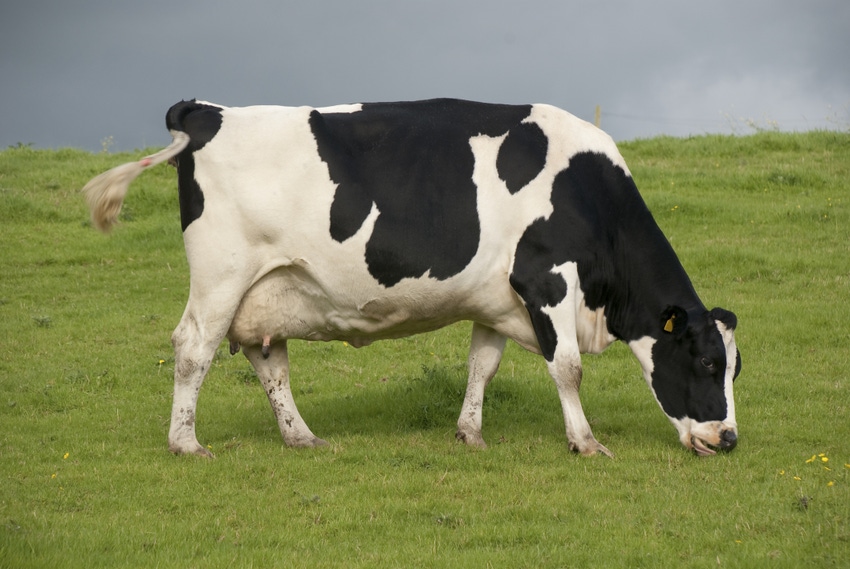Expert offers basics on identifying silage mycotoxins to safeguard dairy herds.
November 7, 2018

The 2018 harvest was an extremely wet one for many U.S. silage farmers, delaying harvest by multiple weeks across wide swaths of the Corn Belt. Such abnormal weather is more than a nuisance; excess rain sets the stage for mold or fungal diseases in corn, including corn silage destined for feedstuffs, according to an announcement from Phibro Animal Health Corp.
Citing North Carolina State University professor emeritus Lon W. Whitlow, the announcement said extreme weather or insect pressure allows mold spores to germinate, grow and form colonies that can produce mycotoxins. The resulting infections can spread from the ear to the stalk and leaves, robbing farmers of yield and causing potential and significant harm to dairy cows if unknowingly fed to them, Whitlow said.
Given these possible repercussions, producers have likely heard and heeded the warnings to vigilantly monitor corn for signs of mold (and/or to monitor dairy herds for signs of increased adverse health incidence or decreased productivity), Whitlow said. However, what do dairy producers really need to know to better identify mycotoxins and to safeguard their herds?
Whitlow provided the following look at corn mycotoxins "from A to Z":
* Aflatoxin (AF), produced by an Aspergillus mold, can occur due to drought stress and is more common in high-temperature areas. The main concern with AF is an illegal milk residue (greater than 0.5 part per billion) that can occur if the total mixed ration contains greater than 20 ppb of AF. The primary target of toxicity is the liver.
* Aspergillus ear rot is associated with aflatoxin.
* Deoxynivalenol (DON) is a marker for feeds naturally contaminated with mycotoxins and has been associated with poor feed intake, digestive upsets, intestinal damage, diarrhea, increased incidence of disease and lower milk production in dairy cows. Effects of mycotoxin-contaminated feeds are generally chronic, resulting from prolonged intake of low levels of multiple mycotoxins.
* Fumonisin is toxic to cattle only at very high concentrations; however, when co-occurring with other mycotoxins, it can reduce feed intake and increase liver damage.
* Fusarium, or "pink ear rot," is white or pinkish and is associated with fumonisin.
* Gibberella, or "red ear rot," is associated with the mycotoxins DON and zearalenone (ZEA). A small percentage may be Fusarium sporotrichioides producing T-2 toxin.
* Other mycotoxins may contaminate fungal-damaged corn. There are hundreds of mycotoxins produced from a variety of molds. When one mold infects the corn crop, many others are often present, which can produce multiple mycotoxins and increase the possibility of toxicity.
* T-2 toxin is a Fusarium-produced mycotoxin that has been seen most often with late-harvested or over-wintered corn. T-2 toxin is very irritating to epithelial tissues. It is associated with reduced feed intake, lower production and intestinal distress. T-2 toxin has been found in feeds associated with a hemorrhagic bowel syndrome different from that associated with Aspergillus.
* ZEA causes estrogenic effects in cattle. ZEA can increase estrogenic activity, including edema, swollen reddened vulva and fluid accumulation in the udders of virgin heifers. Pregnancy and conception rates may be reduced, and there may also be an increase in early embryonic deaths, irregular estrus periods and cystic cows.
You May Also Like

.png?width=300&auto=webp&quality=80&disable=upscale)

